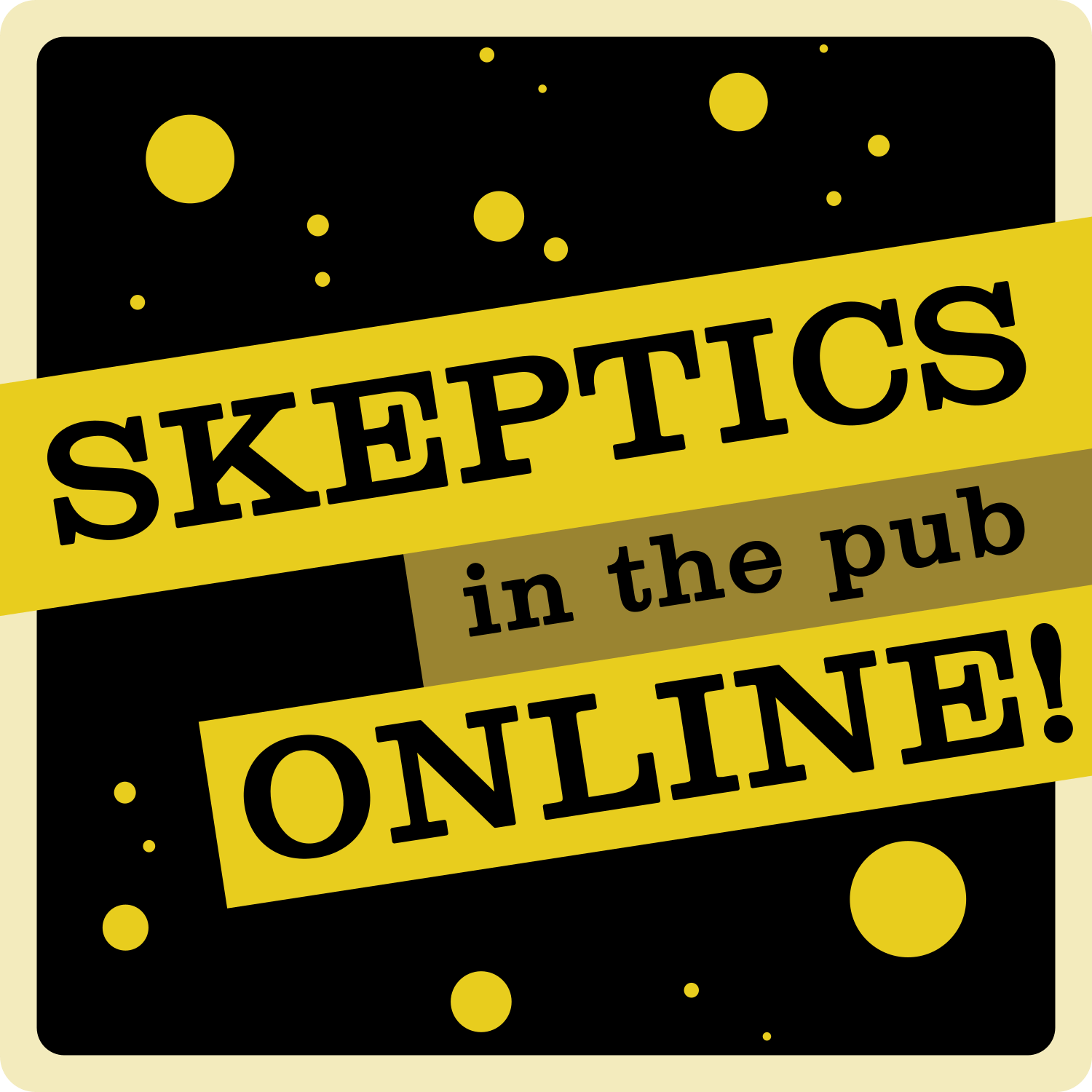This article originally appeared in The Skeptic, Volume 6, Issue 3, from 1992.
On the afternoon of the last Saturday in March, London’s Conway Hall was packed with 350 people who had come to see miracles. They were not disappointed. The performer was everyone’s idea of a bearded Indian guru. He ate glass, ran flaming torches along his bare arms, handled lighted camphor freely and put it into his mouth, hung a weight on a hook stitched through his skin, shoved a nasty-looking spike through his tongue without harm or any bleeding, caused pieces of paper to burst into flame by the power of thought, changed a single biscuit into a pile of dozens of them, produced enough holy ash out of thin air to be able to deliver some to a great many people in the audience, showed spoons that bent and broke at a touch, and, of course, turned water into wine.
And that would have been enough for any self-respecting guru. But this was no guru. This was Premanand, whose mission was not only to demonstrate miracles, but to explain how they were all done. And this he did, to the further amazement and amusement of his audience.
There was a time in his youth when Premanand was highly impressed by the miraculous feats of those of his fellow-countrymen that he calls ‘godmen’. He was willing to learn from them, and he spent a great deal of time and effort trying to acquire their magical powers, but doubts began to creep in. The yogis were forever telling other people how to achieve good health (not to mention immortality). So how come a number of the godmen had cancer, rheumatic complaints, liver complaints, tuberculosis, asthma, diabetes…?
One yogi’s reply to Premanand’s query was ‘I could achieve health, but I am consciously atoning for sins in a past life.’ But it was soon obvious that a critical frame of mind was not welcome. The yogi Sivananda’s response to Premanand’s probing was ‘No questioning! Get out!’

The young Premanand’s skepticism took a practical turn. One godman was regularly brought out and put on show while apparently possessed. Premanand wondered if gods ever went to the toilet. So he laced the godman’s bottles of country liquor with epsom salts. In mid-performance the mystic called out for a wooden barrel. He sat on the barrel and evacuated into it while his head and body continued to sway. A disappointingly human response. It was soon clear that every one of the godmen’s miracles was merely a trick, and since 1976 Premanand has been mercilessly exposing their methods.
To be allowed to infiltrate the inner circles of the godmen has sometimes required large expenditures of money, and Premanand himself is a man of modest means. He had to find 2 million rupees (about £65,000) in order to worm his way close to his bete noire – the highly influential Satya Sai Baba. To do this, he had to give away 90 acres of fertile land.
Premanand became particularly incensed that poor people were being tricked into handing over sizeable amounts of their hard-earned money for worthless remedies and advice. ‘Religion,’ he says, ‘is a means to exploit people who believe in god.’ Even more ominously, Sai Baba ‘has followers amongst bureaucracy, law enforcement departments, revenue departments, the judiciary, the state and central ministry, and among the elite and the influential’.
Premanand toured the villages and small towns of India in a jeep, and deliberately set off the car’s alarm when he stopped at the roadside. He treated the crowd of onlookers to a miracle show in the manner of a godman, and then set about exposing the trickery. ‘If the claims of the godmen are false,’ he says, ‘then godmen should be prosecuted for cheating the credulous public in order to exploit them. Or, if they are true, the education department should stop teaching the theory of conservation of energy and relativity to the students’. Right now, Premanand is gunning for Sai Baba in particular, and is proceeding with legal action against him.
Premanand has given over 7,000 lectures, ‘educating our people in the scientific temper’. And by now he has met about 20 million people, and visited 27 countries. 25 days of every month are spent travelling, and he has written 30 books in Malayalam and 6 in English.
In 1989, he was awarded a fellowship by the Director of the Communication Department of India’s Council for Science and Technology. His brief is to complete a video library of 1,200 miracles, to write books, and to train 1,000 people to tour 50,000 villages. ‘They will explain the science and tricks behind miracles, superstitions, and blind beliefs, so that exploitations in the name of gods and miracles are stopped.’ He is now close to fulfilling a dream of 40 years: the building of a research centre, with a library where explanations of religion, magic, science, miracles and psychic phenomena are available to everyone. This is to be on a 15-acre site in Kerala, at a spot that the poet Rabindranath Tagore named ‘Shrishaila’.
Premanand has not achieved all this without attempts on his life. He has been physically attacked by the godmen’s followers. He has been hospitalised, his car has been tampered with so that it overturned at speed, and a lorry has tried to run him down. None of these things has dampened the energy of this remarkable 62 year-old: he is the convener of the Indian Rationalist Association, and since 1976 he has been Convener of the Indian Committee for the Scientific Investigation of Claims of the Paranormal.
And in 1988 he began publishing Indian Skeptic. It is a magazine that goes in for plain speaking. Premanand led the August 1991 issue with an article strongly critical of Uri Geller. And to make sure the message reached its target, he sent a copy of the magazine to Geller, by registered post.
Each issue includes the methods for performing a number of miracles – and there are 1,200 of these to get through. Talking of miracles – everyone who was in that Conway Hall audience can now perform the feats that at first seemed impossible. And so could you. If you want to run a flame along your arm, just keep the flame moving: you’d need to apply it to one spot continuously for about 3 seconds before you got burnt. A piece of glass just needs chewing into very small pieces before you swallow it: after that, it will pass through you without harm. But make sure you use glass from a clear light bulb: opaque bulbs contain toxic mercury.
Create psychic fire with ingredients from your local chemist’s shop. Beforehand, secretly add a little potassium permanganate to some pieces of paper on a plate. In performance, pour on a little glycerine (call it melted butter), and wave your hands impressively. Within seconds, the paper will smoke and then burst into flame. For holy ash, begin with a pellet of anything that will crumble into a powder. (In India, cow-dung works wonders.) Hide the little pellet between your fingers, and when you’re ready for the miracle, start crumbling. The supply of ‘ash’ can seem endless.

Some of the other items require simple gimmicked apparatus. The spike doesn’t really go through the tongue: there’s a little U-bend in the middle that fits around the tongue. But it looks alarmingly realistic.
Is there anything else Premanand would like to accomplish in his lifetime? ‘Oh yes,’ he told me. ‘To see a real miracle before I die.’
But I can’t convey in print the twinkle in the eye, or the blossoming grin. It was like so many of Premanand’s performances. You had to be there.



